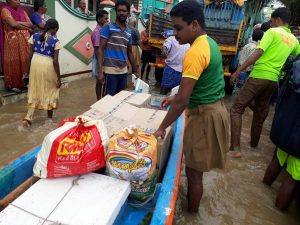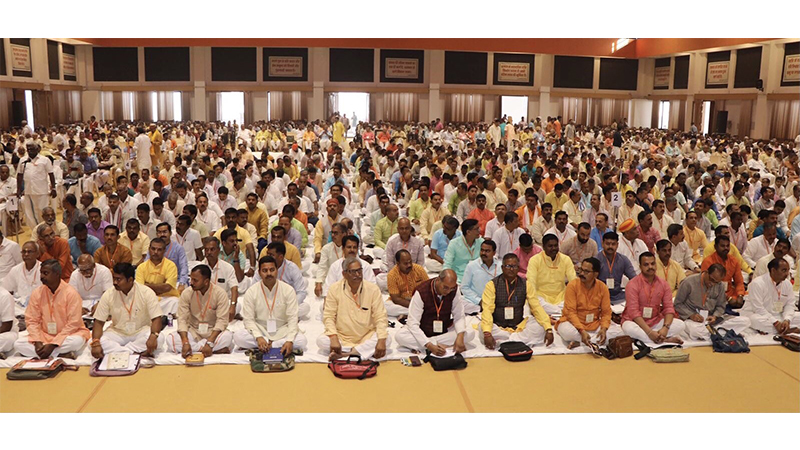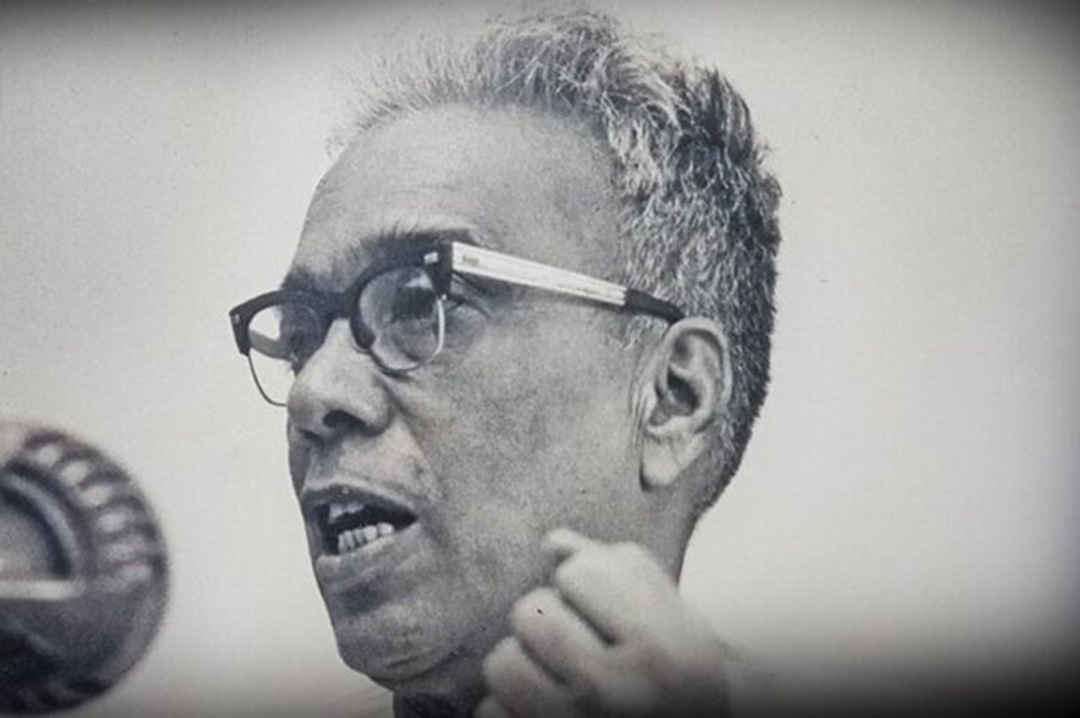Nutrition Atlas: A unique initiative to help choose ideal food-nutrition mix
Updated: March 28, 2024 15:09

Deendayal Research Institution (DRI), a non-governmental organisation founded by Bharat Ratna(highest Indian civilian award) Nananji Deshmukh, who was a full-time worker (Pracharak) of the Rashtriya Swayamsevak Sangh(RSS), has been working to implement a sustainable development model rooted in Bharatiya knowledge tradition for around five decades.
It has done phenomenal work in the Banda-Chitrakoot area around the borders of Uttar Pradesh and Madhya Pradesh. Recently, it has come out with an interesting compendium on the choices of ideal food mix to provide optimum nutritional value rooted in Bharatiya (Indian) wisdom. Known as ‘Poshan (nutrition) Atlas’, it is the first of its kind which recommends an ideal food combination for different Indian regions depending on the local climate, gene pools, production patterns, socio-economic conditions, and cultural matrix.
Influence on Food Policy
This has been based on the extensive field study done by the DRI teams across India and inputs gathered from various domain experts. It is very likely that this documentation would probably play a significant role in the policy framework of the central government in the context of granting food subsidies and promotion of certain food consumption patterns. This could also influence the food choices at Anganwadi level.
The most significant aspect of this unique and extensive documentation is that it suggests that policy makers should revisit the “one recipe for all” prescription especially in the context of foodgrains distributed through the Public Distribution System (PDS). This study also strengthens the Modi government’s increasing focus on increasing the share of millets in an Indian Thali.
However, it takes this process to the next level where diverse food choices have been mapped at the micro level. This could be of great help to the policy makers who are looking to enhance the nutritional intake of vulnerable groups in the society especially women and children who suffer from malnutrition.
This could help to beat the cost constraint also as the ‘Poshan Atlas’ provides an exhaustive mix of ‘low cost-high nutrition’ foods that can be sourced from the local fields, saving on heavy transportation costs that often turn out to be the biggest bottleneck. Sourcing food from the local producers would also help minimise wastage and benefit the local farmers by providing them an uninterrupted source of income.
Behind The Initiative
Atul Jain, who edited this study and is also general secretary of the DRI told this author, “The most important aspect of this compendium is that it is dedicated to the wisdom of Bharatiya society which Nanaji Deshmukh held in high esteem, saying that the villagers are its trustees and custodians. That is why the Deendayal Research Institute has not claimed any copyright on the knowledge acquired from the common man.”
An introduction to the Poshan Atlas further elaborates on the philosophy driving this initiative as it says, “India’s great thinkers applied their powers of perception to a profound study of society, its material and spiritual requirements and social behaviours, taking note of regional particularities, geo-climactic and otherwise. They analysed these factors, not just from a socio-economic or scientific perspective, but also to understand the emotional quotient of the communities residing therein. From this in-depth knowledge emerged myriad traditions, rituals, festivals and so on. The practice of holding the kumbh festival concurrently in different parts of the country emanates from this cultural matrix. Thus, a multitude of traditions were crafted. Our food culture, too, springs from the same source.”
It further adds, it is highly likely India is synonymous with a refined food culture, where food is shared equally by all, with regard for one another. Meals are served with warmth and courtesy, and savoured with joy and zest, albeit in a spirit of temperance. From this enlightened culture emerges a robust social convention whereby, if it is put into practice, no living being in the country will go hungry or suffer malnutrition.
The basic principle is that even the weaker sections of society must enjoy all aspects of life. Each person must have the benefit of a full stomach and nutritious diet, so as to enable their all-round development. Only when the all-round development of every single citizen is ensured can make India emerge as a world leader.
This Poshan Atlas underlines that Indian culture is the sum of age-old traditions, which remain much the same across the country. The rituals may be different, but the underlying sentiment is identical – equal regard for all. Food may be abundant, but the abiding principle is that of ‘Tena tyaktena bhujintha’, or exercising continence in consumption. To this day, the so-called uneducated sections of society maintain these traditions with great discipline and rigour. It gives several instances regarding this dictum. To give our readers a glimpse, one of them is regarding the use of ‘lotus stem’.
‘Lotus Stem’ Cultural Phenomenon
In eastern Uttar Pradesh, it is called ‘bhaseed’; in Delhi’s bazaars, ‘kamal kakdi’; in the villages of Punjab, ‘bhen’ and in Kashmir, ‘nadru’. But in the veggie shops of cosmopolitan India, it is known as ‘lotus stem’. A fashionable matron at a kitty party might say, “You know, my maid bought it (lotus stem) at Rs 200 per kg last week”. The ‘nadru kebab’ made with mashed lotus stems is a delicacy that adds panache to the menu of any high-end restaurant.
In the so-called backward district of Gonda, however, eating lotus stems is looked down upon. ‘Bhaseed’ is despised. In fact, in areas where communities still manage water bodies, lotus stems grow in profusion but don’t find a market.
The fact is that lotus stems are meant for sections of society which don’t have access to adequate sources of nutrition. Once the water body dries up, they descend to the muddy bed to gather up these nutrition-rich lotus stems, scooping up a pan of clay in the process. The pond is thus automatically cleaned and de-silted.
Our sages cannily dubbed the lotus stem as ‘bhaseed’, so as to evoke distaste among the well-off! But the despised lotus stem is replete with nutritional elements. Yet, the social setup is such that the poor have access to it free of cost. The clay procured from the pond bed is used as plaster for the kitchen, hearth and walls, and for making mud bricks that regulate temperatures within the house. So exquisitely fine-grained is the clay that it works as a shampoo for village women and a face-pack for the men.
(The original article was first published on March 04, 2024, in moneycontrol.com












